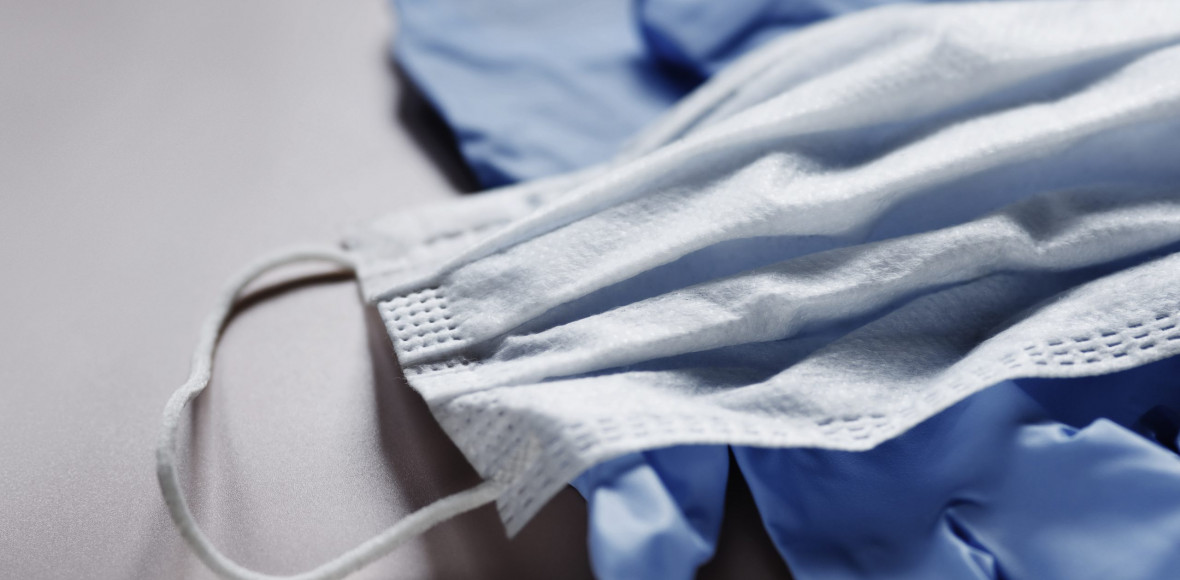Aerosols Spread Infection, Part 2
Published 2021-09-01
Why Infectious Aerosols Are More Dangerous Than Droplets
Read Part 1, Aerosols Are Infectious + More Dangerous than Droplets.
Infectious Aerosols: Small but Potent. Many Covid-19 precautions — plexiglass dividers, desks spaced 6 feet apart, reduced restaurant occupancy — are premised on the notion that large droplets, generated by sneezes and coughs, pose the greatest danger to vulnerable people.
In reality, the most dangerous droplets are the invisible ones, particularly those in the range of 2 μm to 3 μm.
Not only can aerosols hover for hours and travel across rooms, but they also carry more infectious virus than large droplets.
“Humans produce infectious aerosols in a wide range of particle sizes, but pathogens predominate in small particles,” explains Kevin Fennelly of the NIH.
This is true for influenza, SARS-CoV-2, and other respiratory viruses, says William Lindsley, PhD, a biochemical engineer with the U.S. Centers for Disease Control and Prevention.
“You see a lot more virus in small aerosols,” Lindsley told a panel at an international conference on the aerosol transmission of Covid-19.
This is because of where aerosols originate: in the lungs. Research shows the viral load of SARS-CoV-2 is higher in the lungs compared to the upper respiratory tract.
What makes aerosols so dangerous is that once inhaled, they can penetrate deeper into the lungs. For a patient to develop severe Covid-19 symptoms, such as pneumonia or acute respiratory distress syndrome, the virus must reach the lower airways, and only small aerosols can travel that far.
“We know that if the virus makes it down deeper into the respiratory system, fewer viruses are required to initiate infection, and this can also affect the severity of disease,” Marr reported at the international Covid-19 conference.
To those still sceptical that aerosol transmission is driving Covid-19 spread, NIH’s Fennelly responds: “There is no evidence to support the concept that most respiratory infections are associated with primarily large droplet transmission. In fact, small particle aerosols are the rule, rather than the exception, contrary to current guidelines.”
NanoStrikeTM Technology: Fighting Aerosol Spread of Viruses
How can guidelines be updated to reflect the reality of aerosol transmission?
Healthcare facilities cannot simply rely on personal protective gear, hand hygiene, and cleaning protocols. And distancing protocols, whether implemented in nursing homes, offices, or pubs, are of limited use indoors; the 6-foot/2-metre rule does not stop aerosols from floating across a room.
With SARS-CoV-2 hovering, undetectable, what all indoor environments need is high-powered air disinfection, such as Nanostrike technology from Novaerus.
WellAir’s compact devices use a plasma field that obliterates pathogens at the molecular level, instantly rendering them inactive. The technology has been used in over 65 countries to help combat Covid-19, particularly in hospital operating rooms, intensive care units, emergency rooms, waiting rooms, and surgical theatres.
The Novaerus Defend 1050, cleared by the U.S. Food and Drug Administration as a 510(k) Class II medical device, has been proven in independent laboratory testing to filter out and inactivate a wide range of airborne viruses and bacteria.
Within 15 minutes, the Defend 1050 has demonstrated a 99.99% reduction of the MS2 bacteriophage RNA virus, an accepted surrogate for SARS-CoV-2. The device, like other WellAir units, has shown similar efficacy with other airborne pathogens, including influenza, Clostridium difficile, Aspergillus, and surrogates for Measles virus, Tuberculosis and Methicillin-Resistant Staphylococcus Aureus (MRSA).
Check out the product efficacy results in our research section.
Upon obliterating pathogens, the Defend 1050, a portable, free-standing system, releases clean air back into the room. Unlike other technologies, which can pose risks to humans, Novaerus devices are safe for 24/7 use among the most vulnerable patients.
Though NanoStrike technology was designed for use in medical settings, WellAir’s sleek, compact devices have also been installed in retail, hospitality, and office settings, from hotel lobbies to wine-tasting rooms, offering medical-grade protection to customers and staff alike.
From Measles to Covid-19
In 1982, one year after those seven American children contracted measles during a visit to the paediatrician, a similar outbreak occurred in another American paediatrics practice.
This time, three children contracted measles despite arriving at the doctor’s office more than an hour after the source patient had left the building.
And this time, instead of dismissing the incident as an outlier, scientists conceded that the conventional wisdom about measles likely had been wrong.
“Airborne transmission may occur more often than previously suspected,” a team of public-health physicians wrote in the Journal of the American Medical Association.
With regard to Covid-19, scientists have come to that conclusion more quickly. Now, building operators must make sure the precautions keep up with the science.
